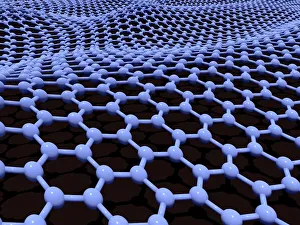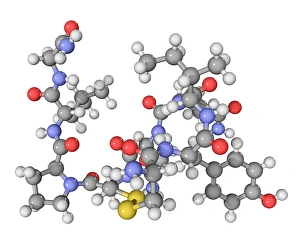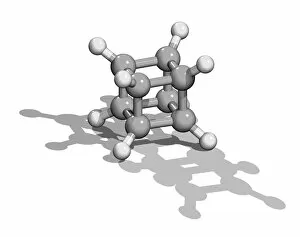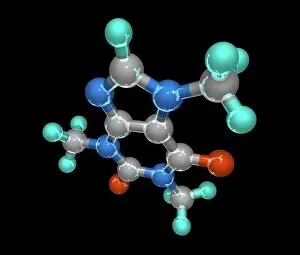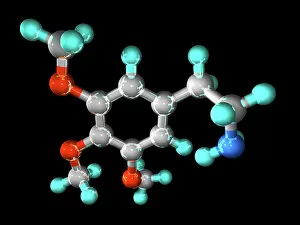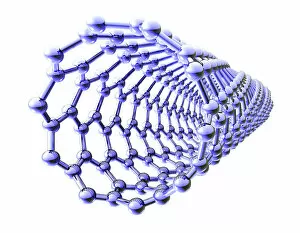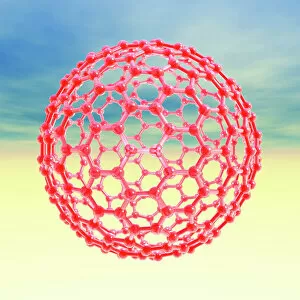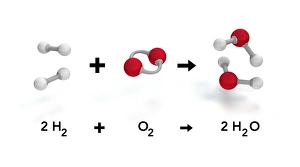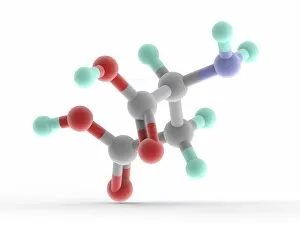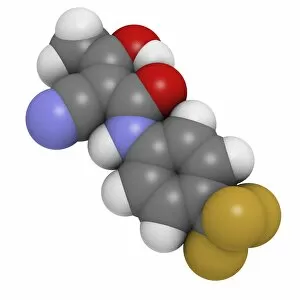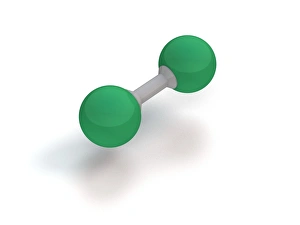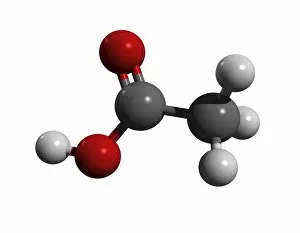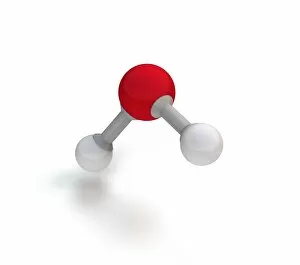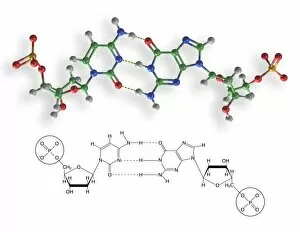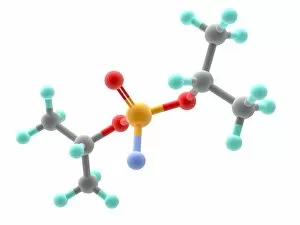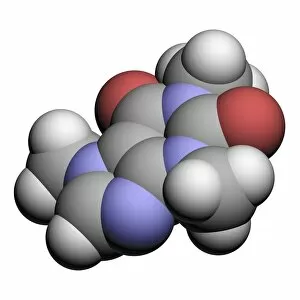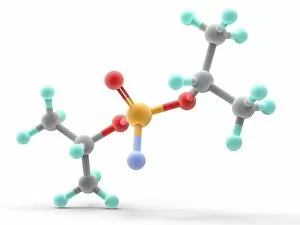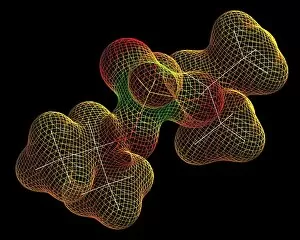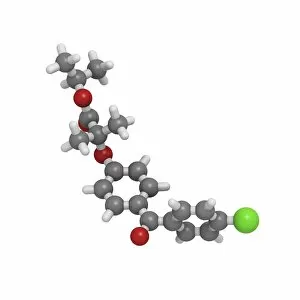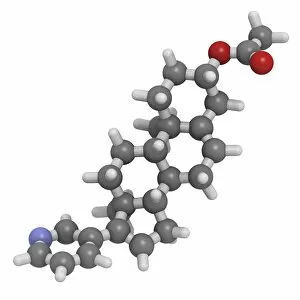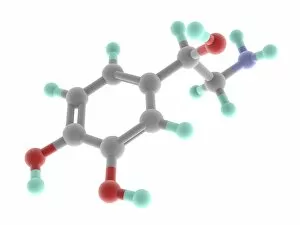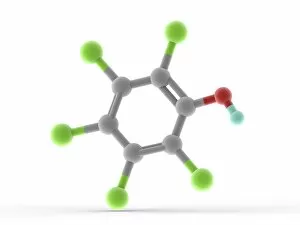Ball And Stick Collection
"Exploring the World of Molecules: The Ball and Stick Perspective" In this captivating artwork, titled C016 / 8274
All Professionally Made to Order for Quick Shipping
"Exploring the World of Molecules: The Ball and Stick Perspective" In this captivating artwork, titled C016 / 8274, we delve into the fascinating realm of molecules through the lens models. Graphene, a revolutionary material with extraordinary properties, takes center stage as its intricate lattice structure is beautifully depicted. Moving beyond graphene's allure, our attention shifts to other remarkable molecules. A capsaicin molecule emerges, responsible for the fiery sensation in chili peppers that tantalizes our taste buds. Oxytocin neurotransmitter molecule follows suit, symbolizing love and bonding within our brains. Januvia diabetes drug molecule comes into view next – a tiny hero combating this widespread disease by regulating blood sugar levels. Cubane molecule then captures our imagination with its unique cubic arrangement of carbon atoms. As we continue on this molecular journey, caffeine's molecular model appears before us - an energizing compound found in coffee that keeps us awake during those long nights. Mescaline hallucinogenic drug molecule adds a touch of intrigue as it represents altered states of consciousness experienced by some. Nanotube technology enters the scene through mesmerizing computer artwork - showcasing its potential to revolutionize various industries with its exceptional strength and conductivity. Fullerene molecule follows closely behind; resembling a soccer ball-like structure composed entirely of carbon atoms. Finally, dopamine neurotransmitter molecule concludes our exploration - highlighting its role in pleasure and reward pathways within our brain chemistry. Through these ball and stick representations, we gain glimpses into the microscopic world that shapes our everyday lives. Each molecule holds secrets waiting to be unraveled – their structures revealing profound insights into nature's building blocks. Let us marvel at their beauty while appreciating their immense impact on science and society alike.

